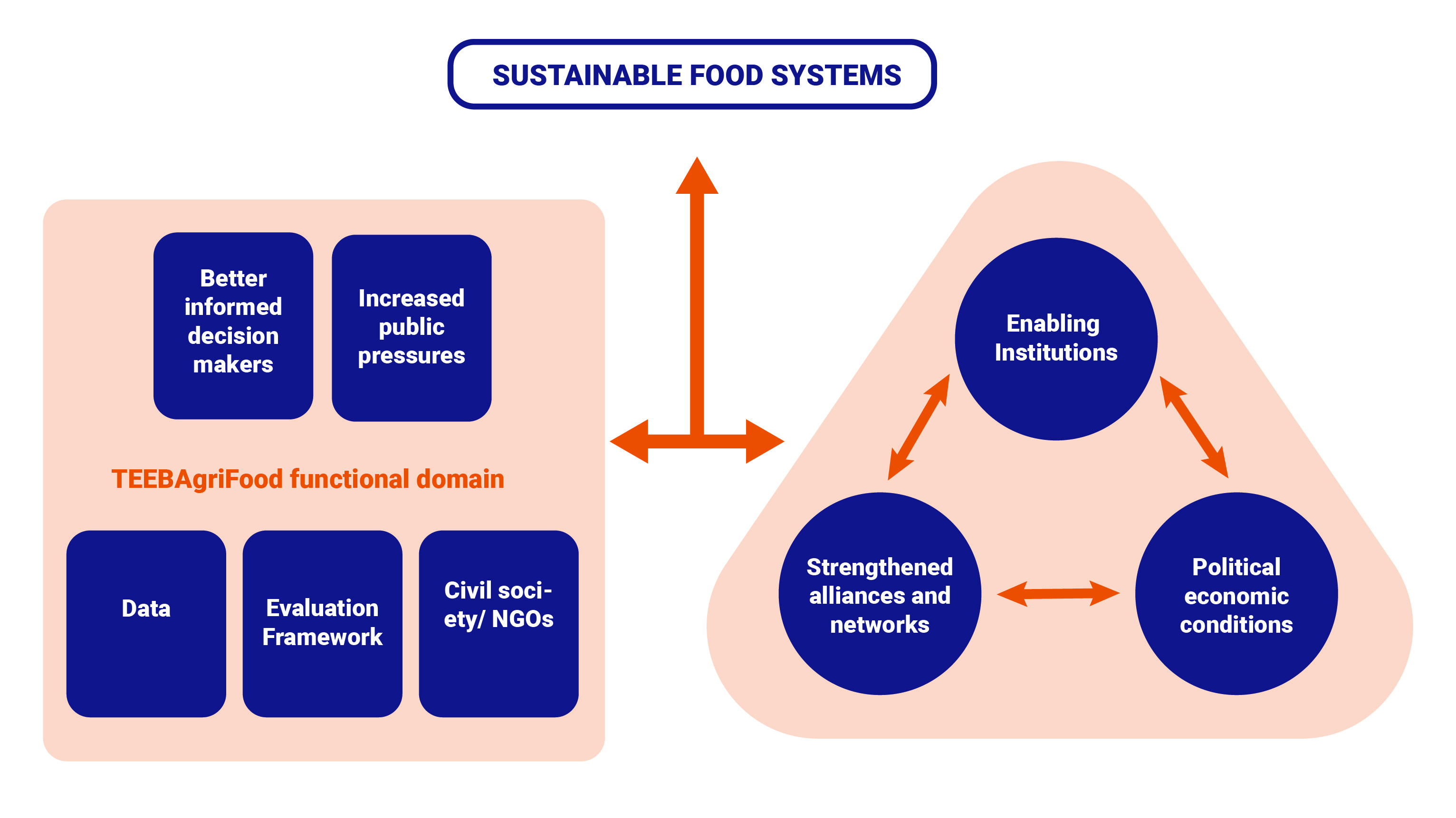Multilevel and multisectorial governance for adaptation implies working at multiple levels and with differente sectors. It requires creating connections for better articulation between territorial actors.
In the upper part of the Sumpul River sub-basin, this entailed working closely with grassroots (community-based) organizations to develop bottom up water resource management. This was done supporting the conformation of Water Committees linked with Community Development Associations (ADESCOs), the Municipalities and the Binational Community Committee.
The capacities of 4 Water Committees and their supply systems were strengthened and were thereafter formalized under municipal governance.
Moreover, and following the multilevel governance approach, the Binational Community Committe was strengthened throught restructuring advice, trainings, new management tools, and greater links with municipal governments. This Committee is now leading community water issues to prevent conflicts around water use.
